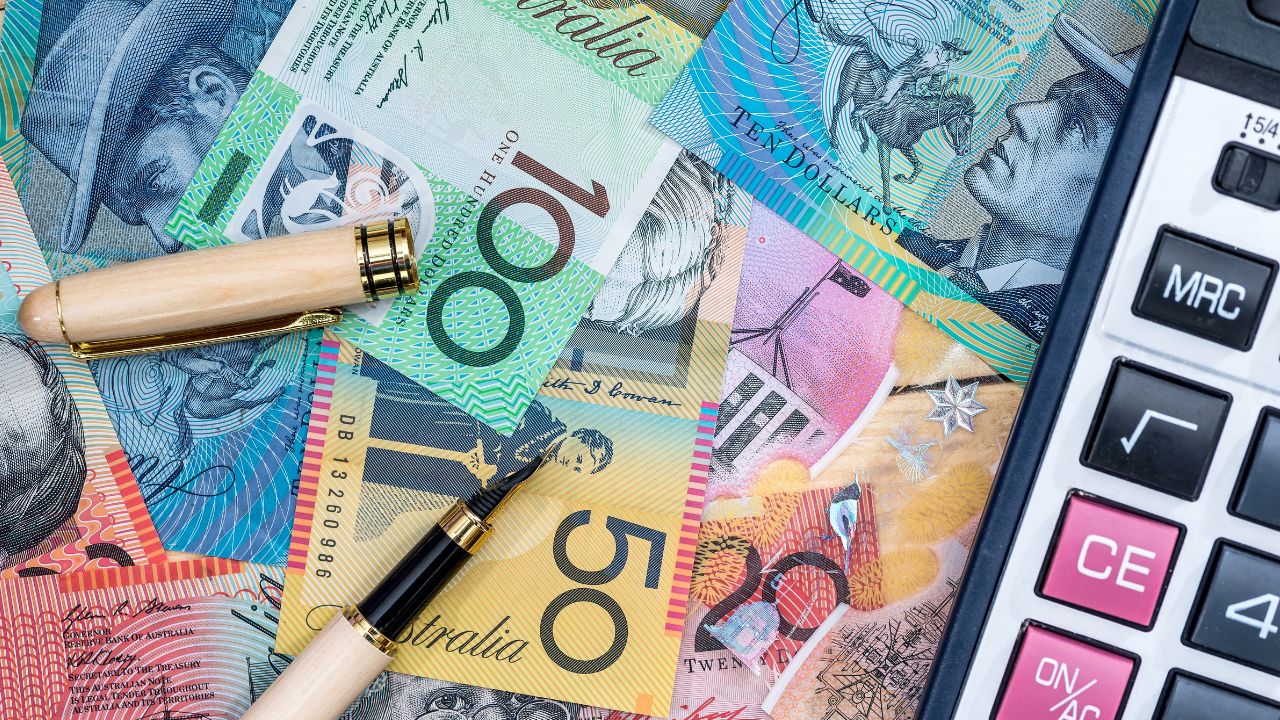Millions of Aussies set for pay rise

Millions of Aussies are in line for a boost on July 1, with the Fair Work Commission set to hand down their decision on minimum pay rates on Monday morning.
The workplace umpire's annual wage review, which affects minimum and award wage earners, is expected to hand down an increase of between 3.5 per cent and 4 per cent on the pay rate of $23.23 an hour.
These wage increases factor in economic conditions and broader goals such as closing the gender pay gap.
A substantial boost was handed out last year - 5.75 per cent for awards and 8.6 per cent for the national minimum - with the commission basing their decision on factors like low unemployment, falling wages and high inflation.
The Albanese government has submitted that it would prefer the “real wages of Australia’s low-paid workers do not go backwards."
“We want to see strong and sustainable wages growth because we see this as part of the solution to the cost-of-living challenge, not part of the problem,” Treasurer Jim Chalmers said ahead of the decision.
No number was specified but they are advocating to an increase which keeps up with inflation, which was at 4.1 per cent annually in the March quarter.
In their submission, the government also said that tax relief due to kick in mid-year should not be viewed as a replacement to a wage boost.
Meanwhile, peak employee representative the ACTU, has advocated for an increase of 5 per cent, arguing that workers affected by the cost-of-living pressures deserve a hike to their pay.
Australian Industry Group has proposed a wage increase of 2.8 per cent, warning that an excessive pay boost could increase the risk of job losses, as the economy is slowing and labour market is weakening.
Economists have also warned that an increase of over 4 per cent could further complicate the Reserve Bank’s efforts in fighting inflation, which have already slugged borrowers with 13 rate hikes in the last two years.
But AMP chief economist Shane Oliver said that an increase of at or just below 4 per cent, could help the RBA return inflation back to its target band of two to three per cent.
“A rise around 4 per cent would give workers a real wage rise, it’s not so high as to add to the risk of a wage price spiral, … and in line with the rough assessment that 4 per cent wages growth is consistent with 2 per cent to 3 per cent inflation.”
Image: Shutterstock
